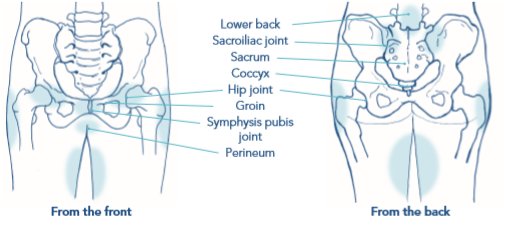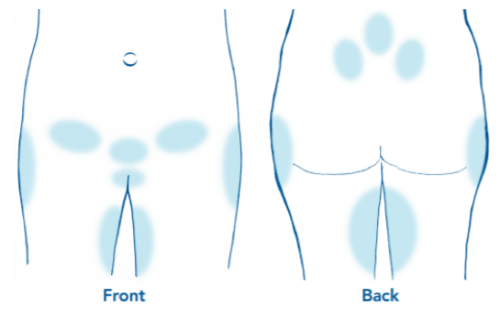What is Pelvic Girdle Pain (PGP)?
• PGP refers to pain that a women may feel during or shortly after her pregnancy in the joints of the pelvis and the surrounding areas of soft tissue such as the buttocks, lower back and groin
• A lot of women will experience small ‘niggles’ throughout pregnancy, however some can experience more severe symptoms
• If you are experiencing symptoms of PGP it should not have any negative impact your baby’s health






